By Barbara Beltrami
It used to be that melon was melon. Period. My mother used to halve or quarter a cantaloupe or honeydew, scoop out the seeds, plunk the salt shaker on the table, and that was melon the only way I knew it. Watermelon got a little different treatment; it was halved or quartered and sliced into triangles, but there was no salt.
But now melon has become a whole new phenomenon. Used in an amazing variety of preparations and dishes, it’s all grown up and no longer a loner, but an actual ingredient in myriad recipes.
You are probably familiar with cantaloupe or honeydew with prosciutto and watermelon with feta cheese, two winning combos that are testimony to sweet and salty being ideal complements to each other. Maybe you’ve even had melon gazpacho or soup or salad where it’s enhanced by savory herbs, spices and veggies. My mother would be incredulous!
Melon Salad with Shrimp, Prosciutto and Feta
YIELD: Makes 4 to 6 servings
INGREDIENTS:
1 pound medium shrimp, peeled, deveined and cooked
Freshly squeezed juice of one lemon
3 pounds melon, seeded, peeled and cut into bite-size pieces
1/2 red onion, finely chopped
1 jalapeno, seeded and diced
1/2 red bell pepper, seeded and diced
2 teaspoons freshly squeezed lime juice
1/2 tablespoon honey
1/4 cup extra virgin olive oil
Salt and freshly ground pepper to taste
8 slices prosciutto, torn into bite size pieces
1/2 cup crumbled feta
DIRECTIONS:
In a large bowl, toss together the shrimp, lemon juice, and melon mixture with onion, jalapeño and bell pepper. Cover and refrigerate at least one hour. In a small bowl, whisk together the lime juice, honey, oil, salt and pepper. When ready to serve, toss shrimp and melon mixture with lime juice mixture and top with prosciutto and feta. Serve immediately with corn bread. .
Melon Salsa
YIELD: Makes about 3 cups
INGREDIENTS:
Zest from 1 small lime
1/4 cup freshly squeezed lime juice
1 tablespoon sugar
Freshly ground white pepper to taste
3 cups seeded and minced cantaloupe, honeydew or watermelon or a combination
1 medium cucumber, peeled, seeded and finely diced
1 mango, peeled and finely diced
1 jalapeno pepper, seeded and minced
1 small onion, peeled and minced
Leaves from one sprig fresh basil, chopped
1 garlic clove, minced
DIRECTIONS:
In a small bowl combine the lime zest, juice, sugar and pepper; add remaining ingredients, toss, cover, and refrigerate up to 4 hours. Serve with tortilla chips as an hors d’oeuvre or with grilled beef, pork or chicken
Green Gazpacho with Honeydew
YIELD: Makes 4 servings
INGREDIENTS:
1 ripe honeydew melon, seeded, removed from rind and coarsely chopped
1 English cucumber, peeled, seeded and coarsely chopped
1 ripe kiwi, peeled and chopped
1/2 cup seedless green grapes, washed, halved
1 cup packed arugula
1/4 cup chopped basil leaves
1/4 cup cilantro leaves
4 scallions, white and green parts sliced
1 serrano chili, seeded and chopped
1/4 cup extra virgin olive oil
1 tablespoon white wine vinegar
Freshly squeezed juice of one lime
1 tablespoon sugar
1 ripe avocado, peeled and coarsely sliced or chopped
Salt and freshly ground pepper to taste
1 cup sour cream
DIRECTIONS:
In the bowl of an electric food processor, puree the melon, cucumber, kiwi, grapes, arugula, basil, cilantro, scallions, chili, oil, vinegar, lime juice, sugar, avocado and salt and pepper; stop to scrape bowl often. When smooth, transfer to large bowl, cover and refrigerate until chilled, at least one hour. Ladle into four soup bowls, top each with a dollop of sour cream and serve with a corn, bean and tomato salad.




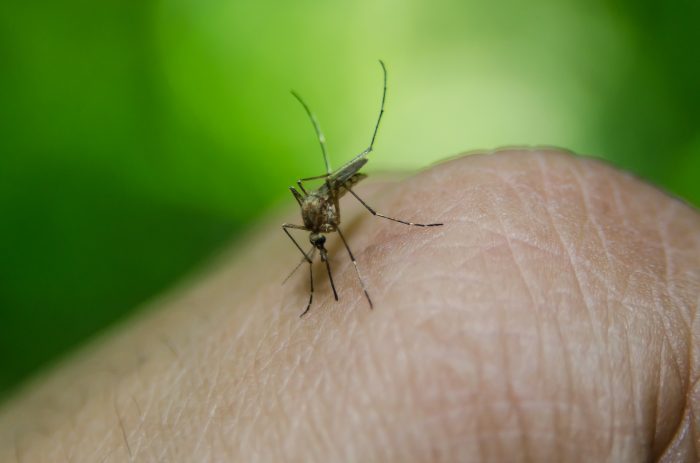



 Welcome to the eighth edition of Paw Prints, a monthly column for animal lovers dedicated to helping shelter pets find their furever home!
Welcome to the eighth edition of Paw Prints, a monthly column for animal lovers dedicated to helping shelter pets find their furever home!







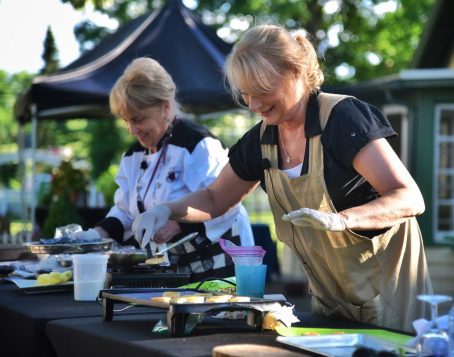
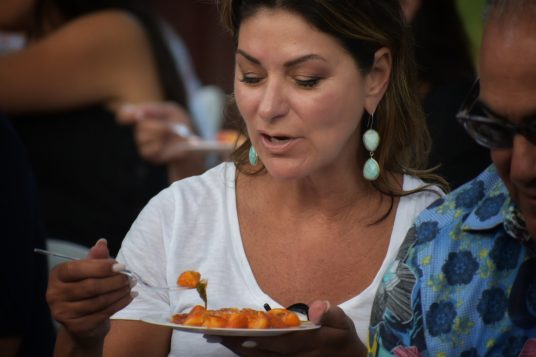
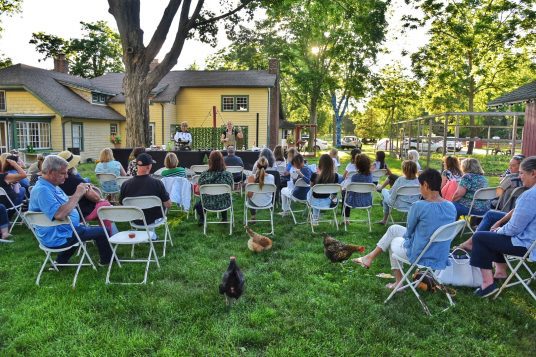
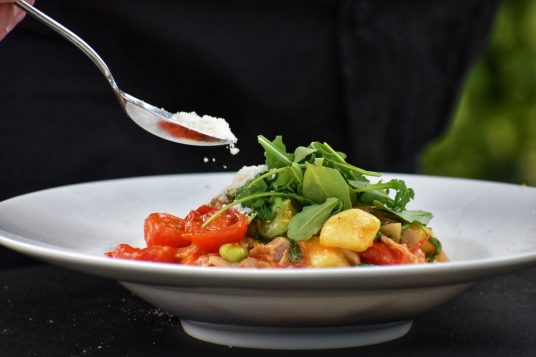









 Data from The American Presidency Project at U.C. Santa Barbara shows that 67% of eligible voters voted during the pandemic in the U.S. presidential election of 2020, but it was a record high compared with earlier elections (the election in 2012, for instance, had votes from 54.9 percent of the eligible voters).
Data from The American Presidency Project at U.C. Santa Barbara shows that 67% of eligible voters voted during the pandemic in the U.S. presidential election of 2020, but it was a record high compared with earlier elections (the election in 2012, for instance, had votes from 54.9 percent of the eligible voters).


